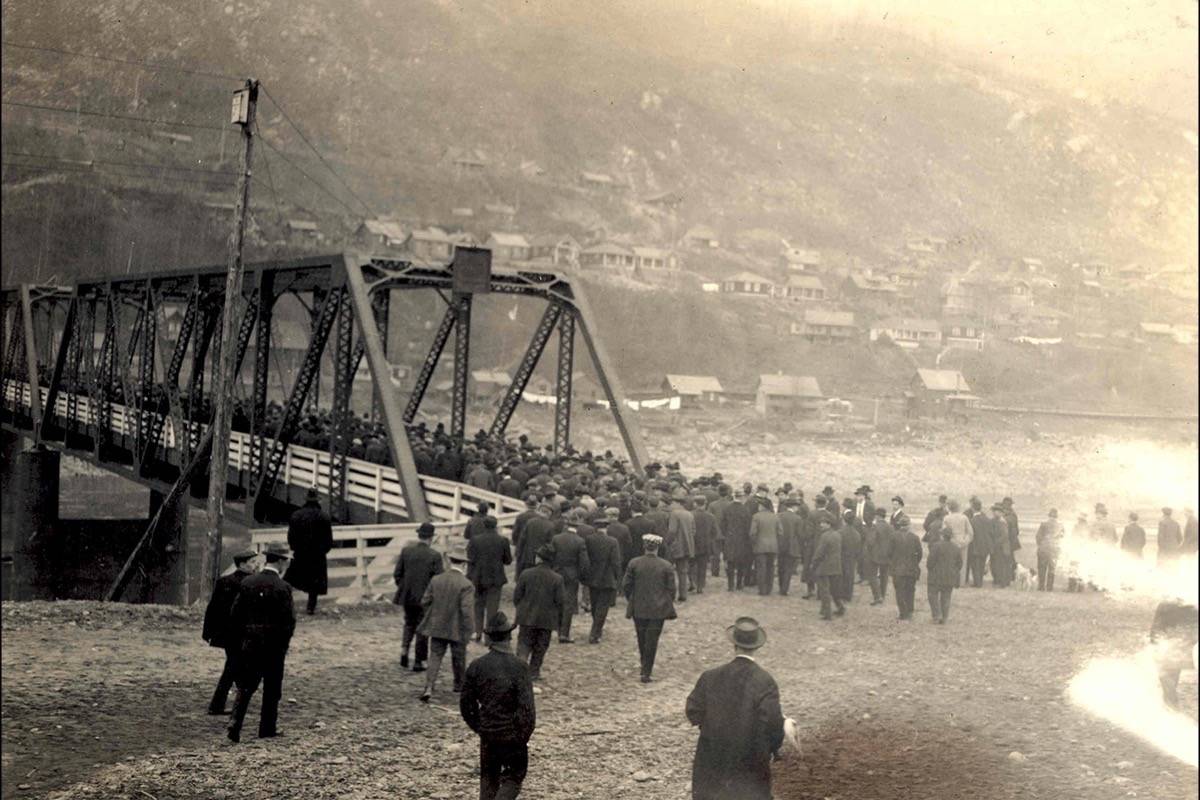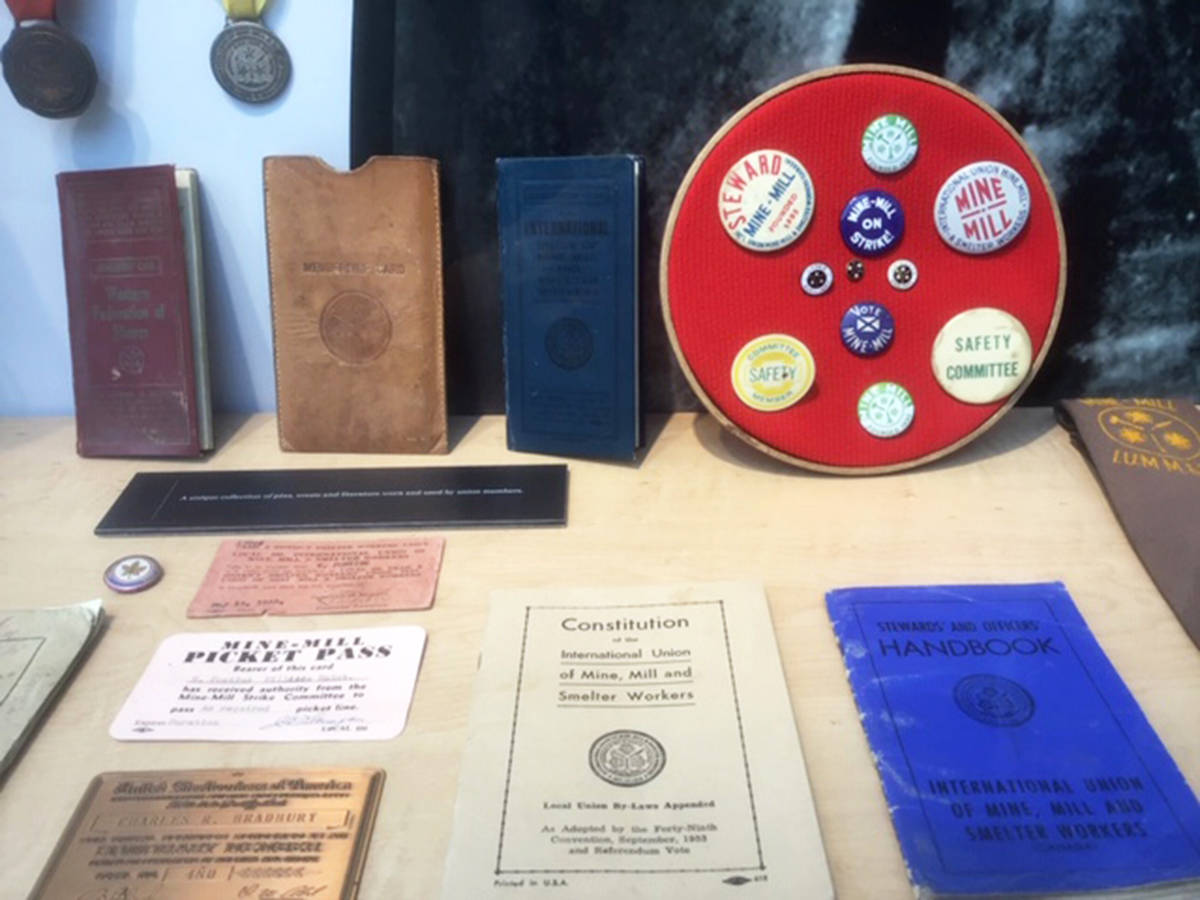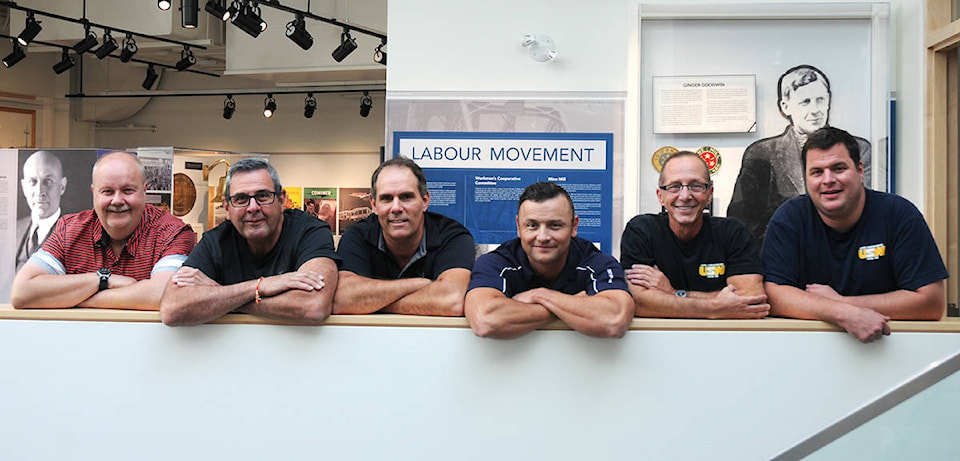While many may think of this last long weekend of summer as one more hurrah for a backyard barbeque or cookout at the campground, the Labour Day holiday is really meant to salute workers and the labour union movement in Canada.
One need to look no further than the hill - Teck Trail Operations, formerly Teck Cominco, Cominco, and before that, Consolidated Mining and Smelting Company of Canada (CM&S) - to be reminded of the integral role workers at the smelter have played in this country’s labour movement beginning in the early 1900’s and right up to present day.
In a hats-off to Labour Day 2019, with help from Sarah Benson-Lord, manager of the Trail Museum and Archives, the Trail Times is looking back at this region’s extraordinary history in advancing workers’ rights.
Ginger Goodwin
Ginger Goodwin is one of the most well-known labour leaders in B.C. His short time in Trail during the First World War is the reason.
Albert ‘Ginger’ Goodwin was born on May 10, 1887, in Treeton, England. He immigrated to Canada in 1906 and found work in coal mines in Nova Scotia, Alberta and B.C.
In May 1916, he arrived in Trail and found work at the CM&S smelter.
Goodwin was a strong speaker and passionate socialist. He was soon elected Secretary of the Trail Mill & Smeltermen’s Union, Western Federation of Miners Local 105. The Union was negotiating with CM&S for improved wages and working conditions at the time, something the company was not willing to grant.
In November 1917, Goodwin led a strike of over 1,200 smelter workers. It failed to achieve the Union’s demands. At the same time, Canada instituted conscription to boost the war effort in Europe. Goodwin obeyed and joined the draft. However, a medical exam declared him unfit to serve. Following the strike in Trail, the military overturned its decision and ordered Goodwin to report for military duty. He fled Trail and went into hiding in the mountains around Cumberland on Vancouver Island.
The Provincial Police mounted a search for Goodwin. He was found, shot and killed by a Police Constable on July 27, 1918. The Constable claimed the shooting was in self-defense and did not face a trial. Many in Cumberland called the Constable a bounty hunter following orders to kill Goodwin for his connection to the labour movement and his role in leading the strike in Trail.
His legacy in Trail is fondly remembered. Goodwin Way in Waneta honours Ginger and the legacy he left on the labour movement in Trail.
1917 Strike
Organized labour has played a key role in shaping the history of Trail. Unions have ensured smelter workers have enjoyed a safe working environment, a stable and good income and modern health and welfare benefits. The community has prospered as a result.
The first union in the region was the Western Federation of Miners, which organized Local 38 for the Rossland mineworkers in 1895. Support for a union at the Trail smelter grew in 1915, and the Trail Mill & Smeltermen’s Union, Western Federation of Miners Local 105, was formed.
The Union began negotiating for a contract with CM&S, demanding an increase in wages and an eight-hour workday. On Nov. 16, 1917, the Union ordered a strike, but the strike failed to resolve the issues. It was called off on Dec. 21. As a result, the Local collapsed, and no further efforts to organize a union occurred until 1938.
Workmen’s Cooperative Committee
Following the 1917 strike, Selwyn Gwillym Blaylock, Assistant General Manager of CM&S, took steps to discourage the smelter workers from organizing a union. In Dec. 1918, he formed the Workmen’s Cooperative Committee, sometimes called a “Company Union,” to represent workers and bargain with management over labour issues. The Committee consisted of two employees from each of the smelter’s nine departments. Under this structure, CM&S agreed to provide workers with improved wages and variety of benefits.
Mine Mill
By the late 1930s, the smelter ran three eight-hour shifts per day. Employees worked 15 consecutive days and had five off. The base rate of pay for a labourer was $3.35 per day, with a variety of bonuses added. Working conditions were poor and there were many health and safety hazards in the plants.
The International Union of Mine, Mill and Smelter Workers (Mine Mill) began organizing the workers in 1937. In 1938, Local 480 of the Union received its charter. They needed 50 per cent of the workers to sign union cards to become the official bargaining agent for the smelter workers.
Workers at the smelter did not express much interest in unionizing at the time and CM&S urged their employees to reject union membership. With so many serving overseas, organizing the men became a challenge during the war.
In 1944, the Federal Government required employers to bargain collectively whenever a majority of workers voted to unionize. They also outlawed company unions, such as CM&S Workmen’s Cooperative Committee.
Mine Mill increased its membership drive and achieved certification in 1944. The first collective agreement was signed with CM&S the same year. Mine Mill represented smelter workers through the 1950s and early 1960s until it merged with the United Steelworkers of America in 1968.
Local 480 of the United Steelworkers represents the smelter workers to this day.
newsroom@trailtimes.ca
Like us on Facebook and follow us on Twitter


